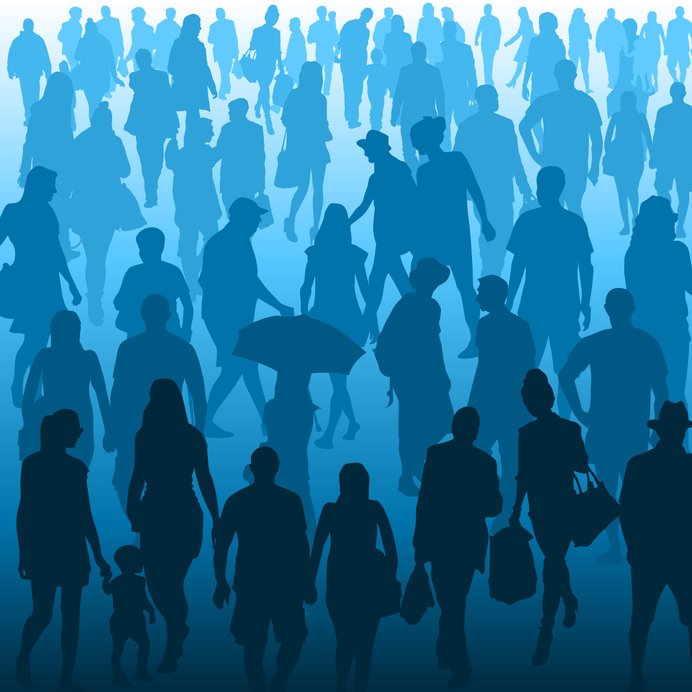
Risk Factors
Even though anyone can become a victim of sex trafficking, traffickers target people with certain vulnerabilities.
Members of the BIPOC and LGBTQ+ communities are more likely to be trafficked because discrimination, historic oppression, and other societal injustices create vulnerabilities within these communities (Polaris).
The most vulnerable populations at risk for trafficking are children in the welfare system and juvenile justice systems, runaway and homeless youth, persons with disabilities, and LGBTQ individuals. (Havlicek et al., 2016; Landers et al., 2017)
“Traffickers are predatory in nature and adept at identifying vulnerable persons in need of safety, security and protection.” (Albanese, 2007; Jordan et al., 2013)
Risk factors of sex trafficking can be broadly categorized into two groups:
Systemic
This includes people who are
Living with significant fiscal instability
Experiencing housing instability (specifically young people who have run away or are unhoused)
Lacking documentation
Emotional & Relational
This includes people who have experienced
Child abuse and maltreatment
Past sexual victimization
Mental health challenges
Through force, fraud, and coercion, traffickers exploit a person’s vulnerabilities. For example, a trafficker may make claims regarding food or shelter, only later demanding “payment” in the form of sex. In other cases, people may be lured by a trafficker’s fraudulent offers of employment.
Abusive and traumatic experiences have the potential to both normalize violent and controlling relationships and severely impact a person's self-esteem and sense of worth. These experiences in turn can increase a person’s vulnerability to force and coercion.


